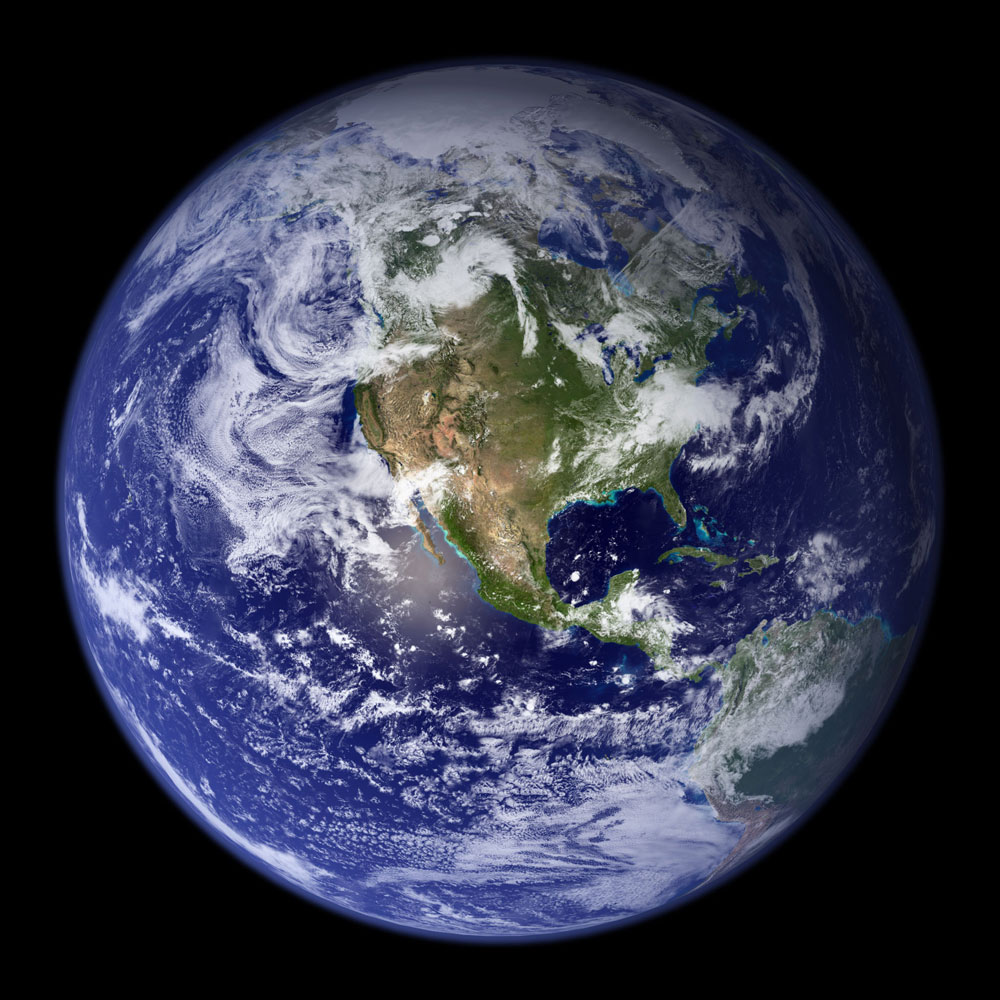Species Extinction Rates Grossly Overestimated

A group of researchers agrees that Earth is facing a mass extinction event, but they are daring to overturn dogma on how fast species are disappearing. The researchers say they have discovered why current estimates are overblown, and they recommend a different way to calculate the rates.
"We need to go back to revisit ... how those numbers are derived," Fangliang He, of Sun Yat-sen University in Guangzhou, China, said in a press briefing with fellow study researcher Stephen Hubbell of the University of California at Los Angeles.
We don't even know how many species actually exist, though it is known that biodiversity is declining drastically. Previously estimated extinction rates — some experts thought half the world's plant and animal species would be gone by 2000 — haven't matched what's actually been observed. Other researchers have claimed the difference originates from the lag time between when a species' habitat becomes unsustainable and when the species begins to disappear.
The researchers believe that the overestimation is actually due to how we derive these estimates in the first place.
Estimating extinction
It is very difficult to determine the number of species that are going extinct, since in most cases it's hard for researchers to know when the species is down to its last remaining individual. [10 Species You Can Kiss Goodbye]
Most estimates are derived from the rate at which members of a species would be discovered during a survey of their habitat. Researchers estimate extinction rate by simply reversing this species discovery rate in its habitat: The more habitat you lose, the fewer species you'd expect to discover.
Sign up for the Live Science daily newsletter now
Get the world’s most fascinating discoveries delivered straight to your inbox.
To prove a species is extinct, however, one has to find the last remaining example of that animal. And Hubbell and He explain that the amount of habitat needed to find the last individual is much larger than the amount needed to find the first.
In fact, the researchers mathematically prove in their paper that the habitat loss required for extinction is always larger, usually much larger — up to 160 percent — than the area required for discovery of a species.
Correcting our methods
"This is welcome news in the sense that we have bought a little time for saving species," said Hubbell. "But it's unwelcome news in one sense, because we have to redo a whole lot of research that was done incorrectly as a result of the incorrect method."
Another method, called the endemics-area relationship, is more logical, the researchers say.
They tested the two methods using computer models and with known species, including rain-forest plants and birds in North America, and saw that the endemics-area model is a better fit to the actual data.
The researchers warn, though, that this shouldn't lead to complacency about habitat loss. Many species are still going extinct because humans are destroying and disrupting their habitats.
The study was published in the May 19 issue of the journal Nature.
You can follow LiveScience staff writer Jennifer Welsh on Twitter @microbelover. Follow LiveScience for the latest in science news and discoveries on Twitter @livescience and on Facebook.
Jennifer Welsh is a Connecticut-based science writer and editor and a regular contributor to Live Science. She also has several years of bench work in cancer research and anti-viral drug discovery under her belt. She has previously written for Science News, VerywellHealth, The Scientist, Discover Magazine, WIRED Science, and Business Insider.










